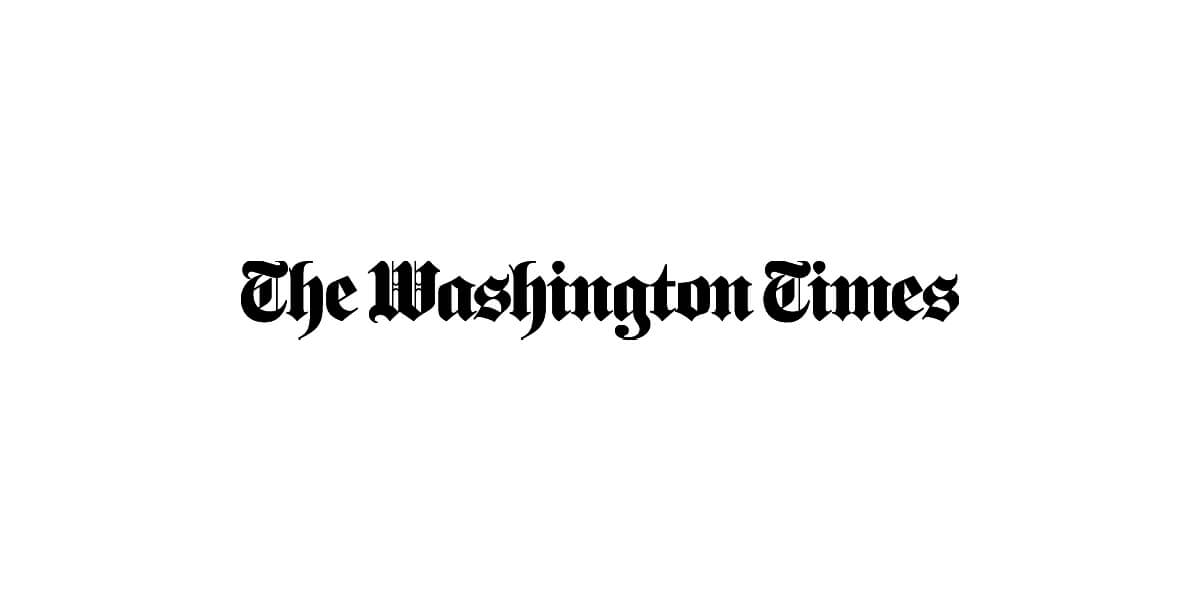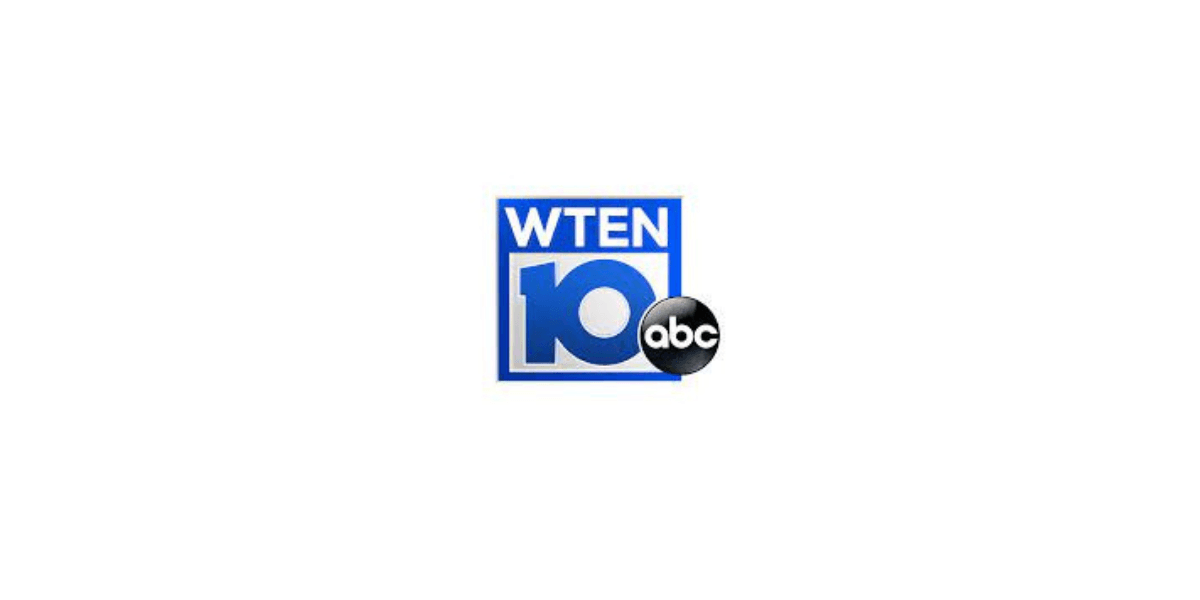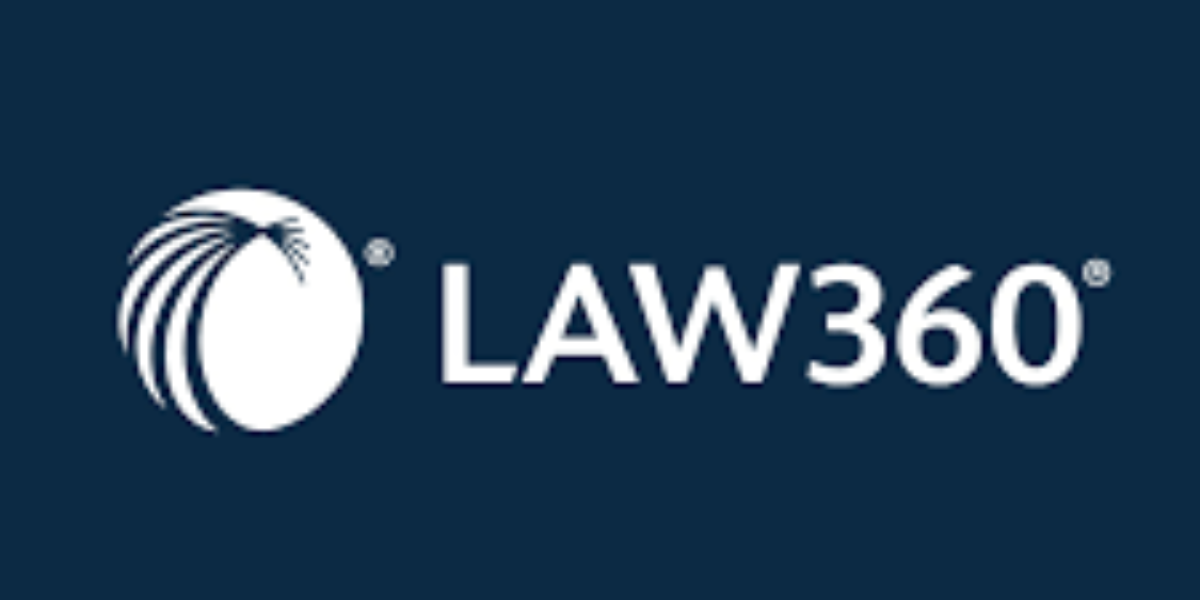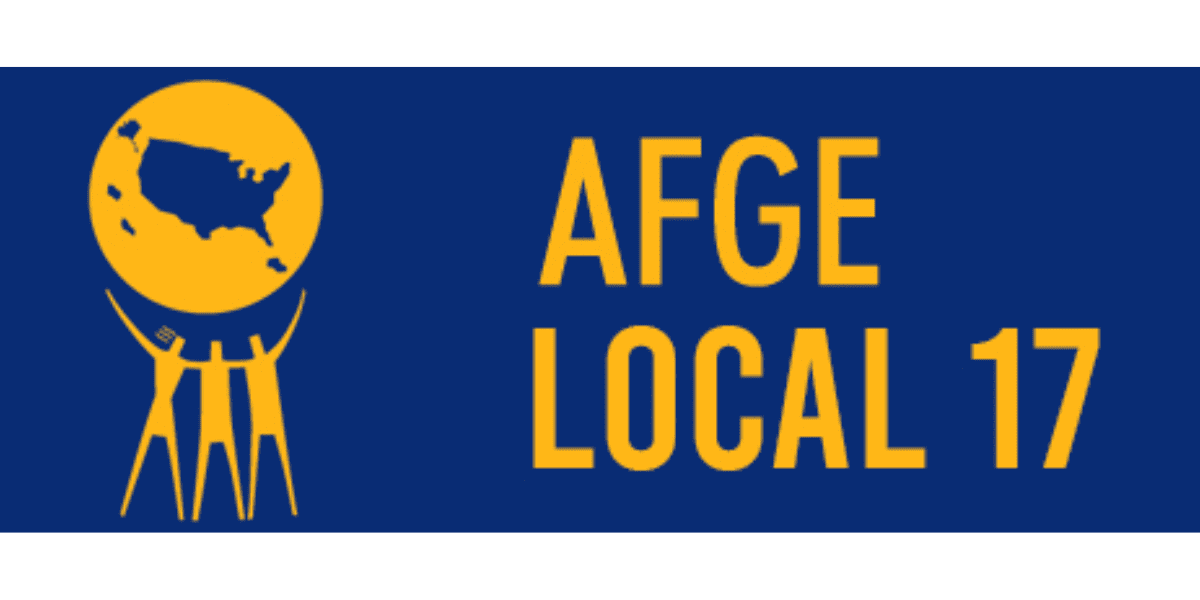President Biden on Thursday forced federal workers to get the COVID-19 vaccine and compelled private employers to crack down, too, as he resorts to heavy measures in a scramble to fend off a delta variant that could tank his campaign pledge to defeat the virus and “build back better.”
The mandate is part of a six-step plan to combat the virus, which is killing 1,500 Americans per day, filling hospitals in regions with low vaccination rates and could imperil much of the country in the colder months, particularly as schools reopen.
Mr. Biden is eliminating a provision that allowed federal workers to opt into regular testing instead of getting the shots. The mandate covers 4 million people in the executive branch, plus contractors who do business with the federal government.
Employees will have 75 days to comply because facing a ramp-up in disciplinary action that starts with “counseling” and could end in termination.
Notably, Mr. Biden will tread into the private sector by ordering the Labor Department to issue rules requiring companies with 100 workers or more to impose vaccine mandates or conduct weekly testing.
The rule will be issued through the Occupational Safety and Health Administration (OSHA) and will affect 80 million workers in the private sector.
Mr. Biden is ordering 17 million workers at health providers that receive Medicaid and Medicare funds to get vaccinated and is pleading with large concert halls and sports arenas to demand proof of vaccination or a negative test.
Other steps include protecting the vaccinated through a booster program; mandating vaccination at federally-operated schools and backfilling salaries of teachers punished by their states; making rapid at-home testing more affordable; supporting economic-recovery programs; and sending “surge” teams to bolster COVID-19 therapeutics.
The president is cracking down as the delta variant threatens to upend his first-year agenda after a chaotic military exit from Afghanistan that shook confidence in the administration.
It also suggests Mr. Biden is growing impatient with the nearly 80 million Americans who are eligible for the vaccines but remain on the sidelines.
Courts have upheld vaccine mandates, ruling there are adequate exemptions to satisfy the Americans with Disabilities Act, yet the new mandates are sparking a backlash from people who fear side effects from the novel vaccines or object to government overreach.
Labor unions, a key part of Mr. Biden‘s political base, say the rules must be subject to collective bargaining.
“Put simply, workers deserve a voice in their working conditions,” said Everett Kelly, national president of the American Federation of Government Employees, a massive federal-employee union that represents 700,000 workers.
“We expect to bargain over this change prior to implementation, and we urge everyone who is able to get vaccinated as soon as they can do so,” he said.
The National Treasury Employees Union, which represents 150,000 employees across 31 agencies, said the administration must accommodate workers who decide against the vaccine for religious or medical reasons.
“NTEU will monitor closely the implementation of this policy at the agencies where we represent employees to make sure that those with medical and religious exemptions are accommodated,” NTEU President Tony Reardon said in a statement.
Members of the military are required to get a number of vaccines but Mr. Biden‘s mandate is unprecedented in scope.
At the same time, the president stopped short of requiring vaccines on airplanes or trains and buses that travel across state lines. The federal government also hasn’t issued a unified “vaccine passport” to show proof of immunization.
The White House does not know what portion of the federal workforce remains unvaccinated but said it will have a better grasp once it requires workers to attest to their status.
It said it does know that mandates work, citing upticks in vaccination at companies like Tyson Foods and United Airlines after they imposed mandates.
Mr. Biden pledged in 2020 to “beat COVID-19” and lead a robust economic recovery, panning his predecessor’s efforts as bungling and catastrophic. Things looked good over the late spring and summer as cities and towns reopened and Americans snapped up free and plentiful vaccines. But the vaccination push stalled at just over 50% of the population and the advent of the delta variant exploited those gaps in protection, sparking yet another crisis across the Sun Belt and raising fears of another winter spike elsewhere.
Some hiccups were self-inflicted.
Biden officials reversed mask guidance that allowed vaccinated persons to ditch their masks in May, citing evidence that vaccinated persons could transmit the virus in some cases. And officials have argued over the need for booster shots, leading to whiplash among the American public and sowing potential doubts among the unvaccinated about what the shots can and cannot do.
Beyond employers mandates, Mr. Biden‘s plan calls for five additional steps:
• The president still plans to provide booster shots “as early as Sept. 20” to those who received a second dose of the Pfizer-BioNTech of Moderna shots eight months ago. FDA regulators and advisers to the Centers for Disease Control and Prevention must pore over data and sign off on the plan, so the timeline might change.
• For schools, Mr. Biden will require vaccination of teachers at Head Start Programs, Department of Defense schools, and Bureau of Indian Education-operated schools and plead with all states to join the nine that have required teachers to get vaccinated.
He also pledged to backfill funding in states where GOP governors penalize teachers or administrators for imposing COVID-19 rules and vowed to provide the Food and Drug Administration with resources to speed up the review of vaccines for people younger than 12.
• The plan spends $2 billion on 280 million rapid COVID-19 tests for use in congregate settings like jails and homeless shelters. Also, Walmart, Amazon, and Kroger have agreed to provide rapid tests at cost, meaning consumers should see a 35% price cut by the end of the week.
• To bolster businesses, the plan allows smaller employers to borrow up to $2 million from the COVID-19 Economic Injury Disaster Loan (EIDL) program, instead of $500,000, to hire and retain employees or purchase equipment. The government will also send pre-filled, streamline forms to businesses that retained employees under the Paycheck Protection Program and want loans forgiven.
• The government will continue to send “surge response teams” to help intensive-care units in locales reeling from the delta variant and increase shipments of monoclonal antibody treatments by 50% in September to keep people out of hospitals.
Mr. Biden‘s focus on COVID-19 is part of a broader pivot toward domestic issues after his chaotic retreat from Afghanistan after a 20-year war.
Thirteen service members were killed during the evacuation and some Americans are still trying to get out of the country, piercing Mr. Biden‘s pledge to bring competence to Washington.
Bruised and battered from the foreign debacle, the president focused on damage from Hurricane Ida Louisiana, New Jersey and New York, yet the COVID-19 pandemic looms as the biggest challenge of his presidency.
The administration latched onto a bit of positive news Thursday — the number of Americans seeking unemployment benefits dropped to 310,000 from 345,000 last week, a pandemic low.
White House Press Secretary Jen Psaki said the new plan reflects growing frustration among the majority of Americans who are fully vaccinated but are contending with a widely circulating virus.
Only 53% of the U.S. population is fully vaccinated against COVID-19, although 75% of eligible Americans — those ages 12 and up — have received at least one dose.
The internet is full of falsehoods about the vaccines, such as the belief that it scrambles a person’s genetic code even though the messenger-RNA instructions do not enter the cell’s nucleus, where DNA is stored.
Many holdouts say they are simply worried about the unknown, given the novelty of the technology and how quickly it was adapted into a COVID-19 vaccine last year.
The potential for side effects is the number-one reason given to pollsters tracking hesitancy. Many in the “wait and see” group say they just want more time to see how the shots affect people who’ve gotten them, according to the Kaiser Family Foundation.
KFF found that conversations with family members and trusted friends are often the most persuasive in getting people to roll up their sleeves.
The push to mandate the shots for federal workers is a “hurry-up-and-wait” situation, in that employees won’t have the standing to sue until they face consequences for remaining unvaccinated, according to Stephanie Rapp-Tully, a partner at the Tully Rinckey PLLC law firm who is tracking the issue.
“I’m not surprised that they’re going away from the testing option just because looking at the logistics would be very, very, cumbersome,” she said.
“On the whole, the vaccine mandate is still in accordance with federal law, with a couple of caveats. I think there is going to be a large amount of litigation coming from the unions, and negotiating on collective bargaining agreement is going to be at the forefront of the legal push on this mandate,” she said.





